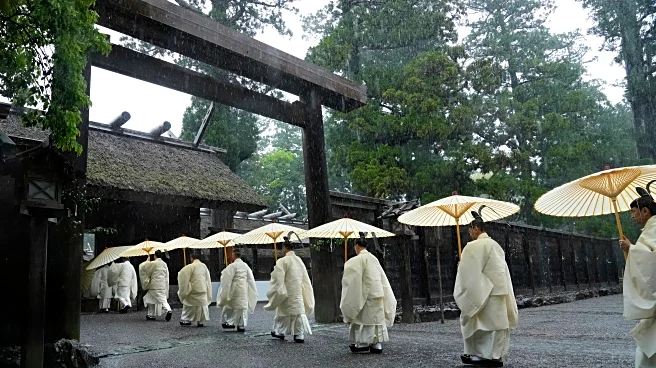Mount Fuji, Japan's tallest mountain, stands as a symbol of cultural significance and natural beauty. Recognized as a UNESCO World Heritage Site in 2013, it has inspired countless artists and poets over the centuries. Its iconic shape and presence have made it a subject of reverence and pilgrimage, reflecting its deep-rooted legacy in Japanese culture. The mountain's last eruption in 1707 adds to its mystique, marking it as an active stratovolcano that continues to captivate the imagination.
Scope of Legacy
Mount Fuji's legacy extends beyond its physical presence as Japan's highest peak. It is one of Japan's "Three Holy Mountains," alongside Mount Tate and Mount Haku, and is considered a Special Place of Scenic Beauty. Its cultural significance is highlighted by its inclusion in the World Heritage List as a Cultural Site, emphasizing its role in inspiring artists and poets throughout history.
Pivotal Contributions
The mountain's contributions to Japanese culture are vast. It has been a focal point for artistic expression, with numerous paintings and photographs capturing its majestic form. Additionally, Mount Fuji has been a site of pilgrimage, drawing visitors who seek spiritual fulfillment and connection with nature. Its status as a cultural icon is further solidified by its recognition as one of the "100 Landscapes of Japan" during the Heisei period.
Enduring Influence
Mount Fuji's influence is enduring, as it continues to be a symbol of Japan's natural beauty and cultural heritage. Its presence in art and literature has shaped perceptions of Japan both domestically and internationally. The mountain's iconic silhouette is instantly recognizable, serving as a reminder of the country's rich history and traditions.
U.S. Relevance
For U.S. audiences, Mount Fuji represents a connection to Japan's cultural and natural heritage. Its status as a UNESCO World Heritage Site underscores its global significance, inviting American travelers and scholars to explore its history and impact. The mountain's role in inspiring artistic and literary works offers a window into Japanese culture, fostering cross-cultural appreciation and understanding.
 Discover Daily • 9 min read
Discover Daily • 9 min read 











